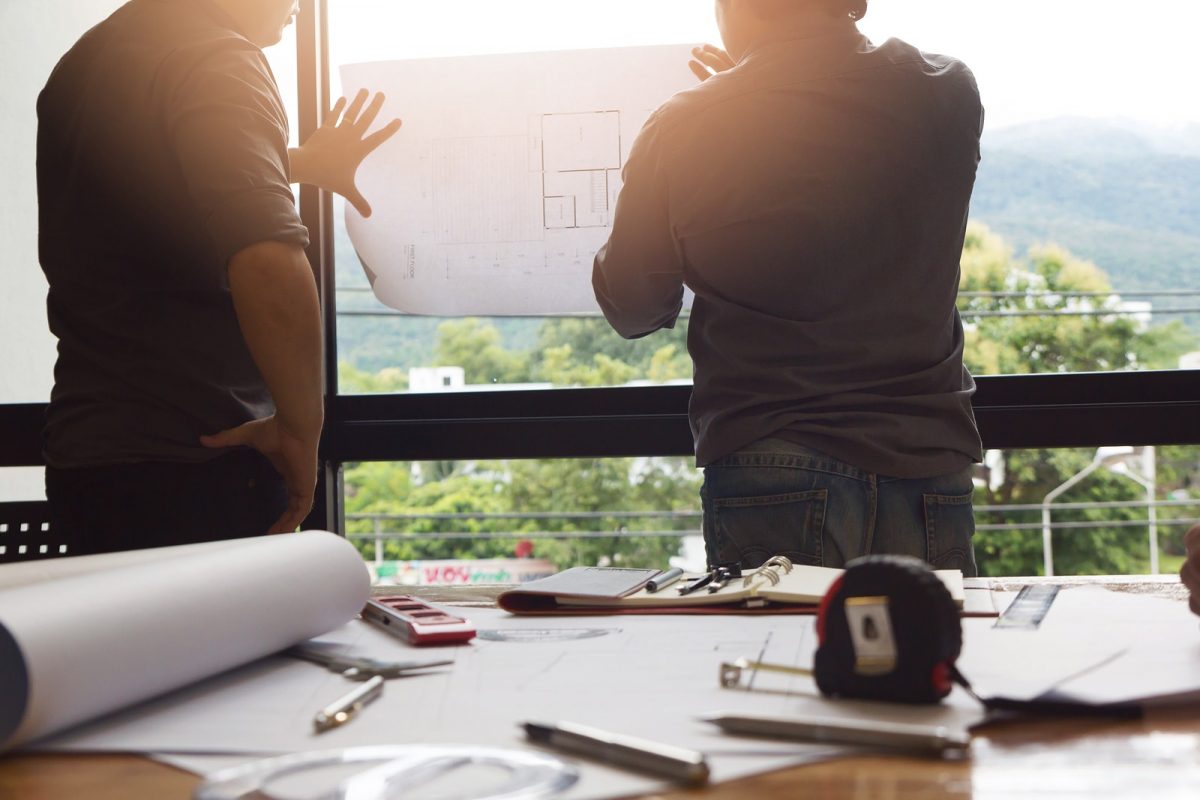In recent decades, many industries have made great strides to be more eco-friendly and nowhere is it more evident than in the architectural design industry. With eco-friendly buildings being in one of the fastest-growing industries in the United States, there has been a big push for architects and contractors alike to shift their focus to designing and building sustainable spaces.
While most people are not used to thinking of larger buildings as vast energy consumers, they in fact account for 65% of electricity consumption and 36% of total energy use in the United States. Making buildings more energy-efficient could have significant impact in the long run. That is the key goal of the rise of sustainable green architecture, which is changing the way buildings are designed, built and operated.
Beyond the Office Park
Architects are being brought in to help with more than just designing office buildings. Now, projects are coming around to focus on the surrounding neighborhoods where these new buildings are. Metropolitan areas are pushing for green infrastructure to entire public areas, which means that more architects and designers are finding more work opportunities.
But while this is a good thing to have, this does pose the risk of liabilities that come with taking on new types of jobs. With this in mind, one thing that hasn’t changed in the architecture industry is the need for architect professional liability insurance that financially protects architects in the event a claim is made against them.
The Role of Climate Change
Cities that are closer to oceans or the Gulf of Mexico are increasingly in need of protection from natural disasters. Think of the last few hurricane seasons that have devastated infrastructure throughout the southern United States, for instance. Efforts to protect buildings from disasters, including the Rebuild by Design initiative, are putting architects and planners in the front seat when it comes to creating buildings that are more resistant to rising sea levels and that operate more efficiently.
Green Roofing
Cities are now seeing a rise in buildings that feature green roofing—roofs topped with loose soil—offering up an opportunity to turn buildings into urban farms. These makeshift gardens help supply organic food as well as improve the air quality around the building while reducing heating costs.
New & Improved Materials
Architects are finding new innovative materials to improve the quality of their building projects as well as the environment around them. Now, organic materials are being incorporated into new buildings, including straw bale, recycled and reclaimed wood, tin and old shipping containers. Plus, this has changed the aesthetic that companies are going for with new buildings, such as the trend to go more industrial and stripped down.

